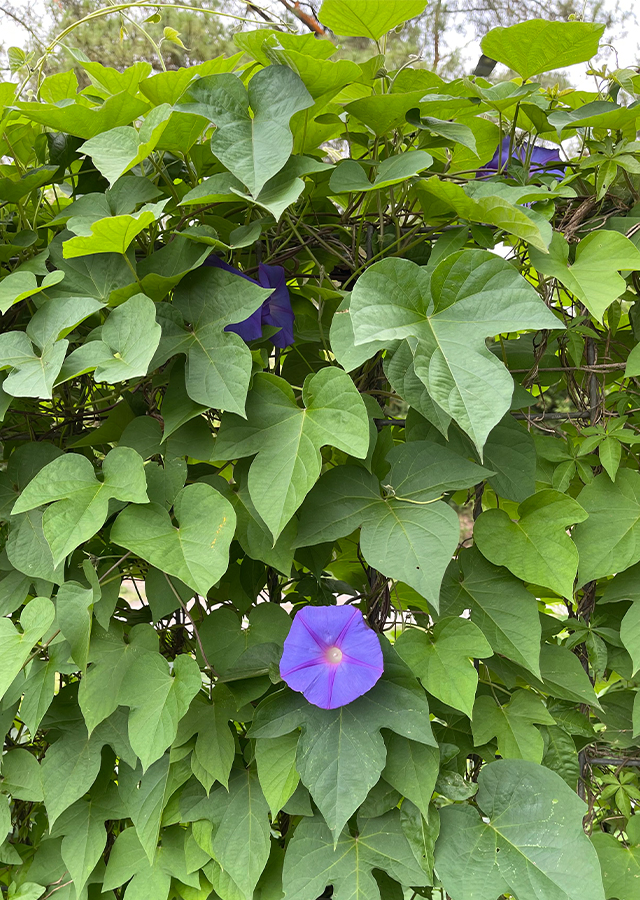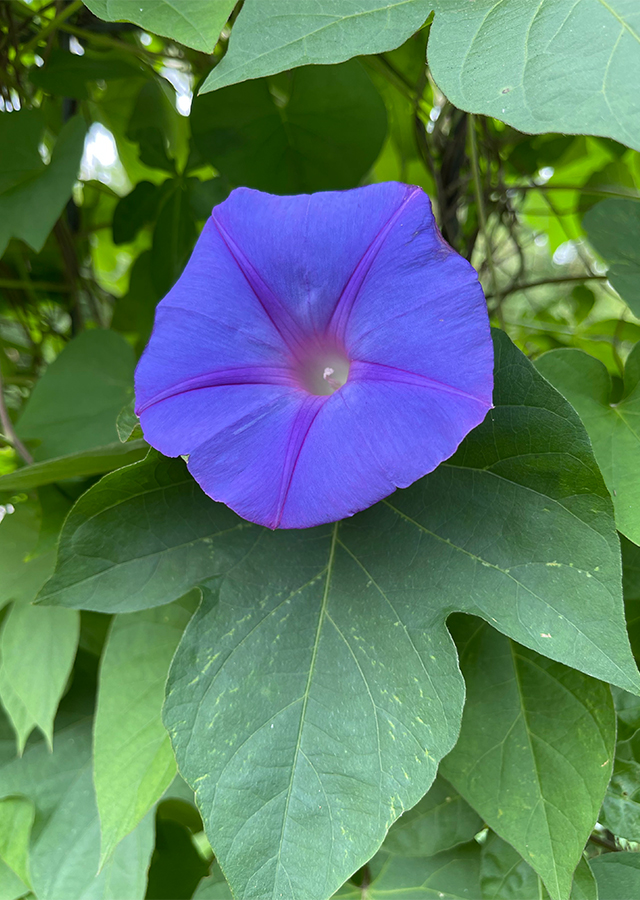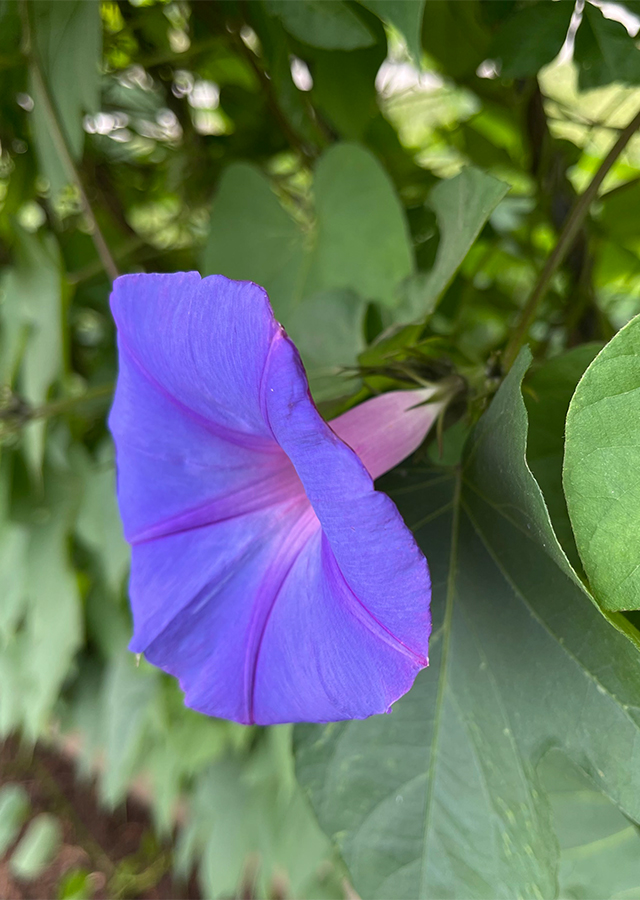Traditional Herbs from Ipomoea indica
dysentery
- Take the sap of the blue dawn flower from the crushed leaves.
- Drink to relieve dysentery.
wounds
- Take the sap of the blue dawn flower from the crushed leaves.
- Apply on the wound .
- Wrapped in leaves.
What is Ipomoea indica Looks like??



Parts of Ipomoea indica that could be used
- Leaves", "Flowers", "Roots", "Sap", "Stem
Ipomoea indica Distribution
The blue dawn flower or Ipomoea indica is said to have an unclear native distribution range, thought to be native to tropical areas of Central and South America, and possibly also native to Southeast Asia and several islands in the Pacific region. This species is also found growing and naturalized in Europe, Asia, southern Africa, the United States, New Zealand, Australia, and on several Pacific islands. Currently, I. indica is listed as invasive in Australia, New Zealand, China, southern Africa, Europe, the West Indies, and on many islands in the Pacific Region. However, this species is also widely cultivated as a garden ornamental plant throughout tropical, subtropical and warm climates in the world. Almost all parts of this plant are believed to have benefits as medicinal herbs to treat various diseases. Apart from that, the leaves can also be used as a substitute for soap for washing clothes.Agroecology of Ipomoea indica
Ipomoea indica is found growing in tropical, subtropical and wet climates in the world. Commonly found in disturbed forests, forest edges, secondary forests, suburban ditches, along roadsides, river banks, coastal dunes, and waterways. It can also be found and naturalized in seasonal freshwater wetlands, coastal sites, abandoned agricultural land, and rain and moist forests at altitudes ranging from near sea level to about 1,250 m above sea level. This species can grow invasively, especially in degraded natural areas. Its growth prefers moist, well-drained, light or sandy loam soil with a pH in the range of 6.1-7.5. It grows best in areas with full sunlight and average annual rainfall in the range of 1,000-3,500 mm, as well as annual temperatures ranging from 18 - 30 °C and does not tolerate temperatures below 7 °C.
Morphology of Ipomoea indica
- Young stems are finely hairy, slender twining, sometimes rooted in nodes.
- Leaves are alternate/alternate), leaf edges are flat or three-lobed, heart-shaped, leaf tips are acuminate, green .The upper surface of the leaves (adaxial) is sparsely pubescent, and densely pubescent on the lower surface of the leaves (abaxial). whitish pink, glabrous. Sepals 5, subequal, lanceolate,\u00a0apex linear-pointed (acuminate), sepals silvery white, gently pressed Stamens 5, unequal,\u00a0epipetalous, underside filaments white bracts 3 in each flower, linear. Umbellate cymes inflorescences are dense, arranged in 2-12 groups in axils leaves. glabrous).
Cultivation of Ipomoea indica
Propagation is generative (seeds) and vegetative (stem cuttings). The plant can quickly spread via discarded rooted stem cuttings.
Ipomoea indica, more details :
Chemical Content of Ipomoea indicaLinoleic acid, oleic acid, tocopherols, phenolics, flavonoids, polyphenols.
Benefits of Ipomoea indica
Relieves dysentery, dyspepsia, helps heal wounds and inflammation, bronchitis, fever, skin diseases, scabies, treats back pain and sore muscles, acts as a laxative, anti-inflammatory, carminative, depurative (blood purifier), vermifuge (worm medicine).
Simplisia of Ipomoea indica
- Prepare the seeds of the blue dawn flower plant,\u00a0wash them thoroughly with running water and then drain them.
- Dry them in the sun or in an oven at a temperature\u00a040 \u00b0C until the water content\u00a010%.
- Choose them using a blender until they become powder .
- Store in a clean and airtight place.
Another Facts for Ipomoea indica :
Synonym of Ipomoea indicaConvolvulus acuminatus Vahl, Ipomoea cathartica Poir., Pharbitis acuminata (Vahl) Choisy
Habitus of Ipomoea indica
Creepers. Vining, twining, annual plant, up to 15 m long
Habitat of Ipomoea indica
- Wetland", "Riverside", "Forest", "Coastal", "Roadside", "Shrub Area", "Land
No comments:
Post a Comment